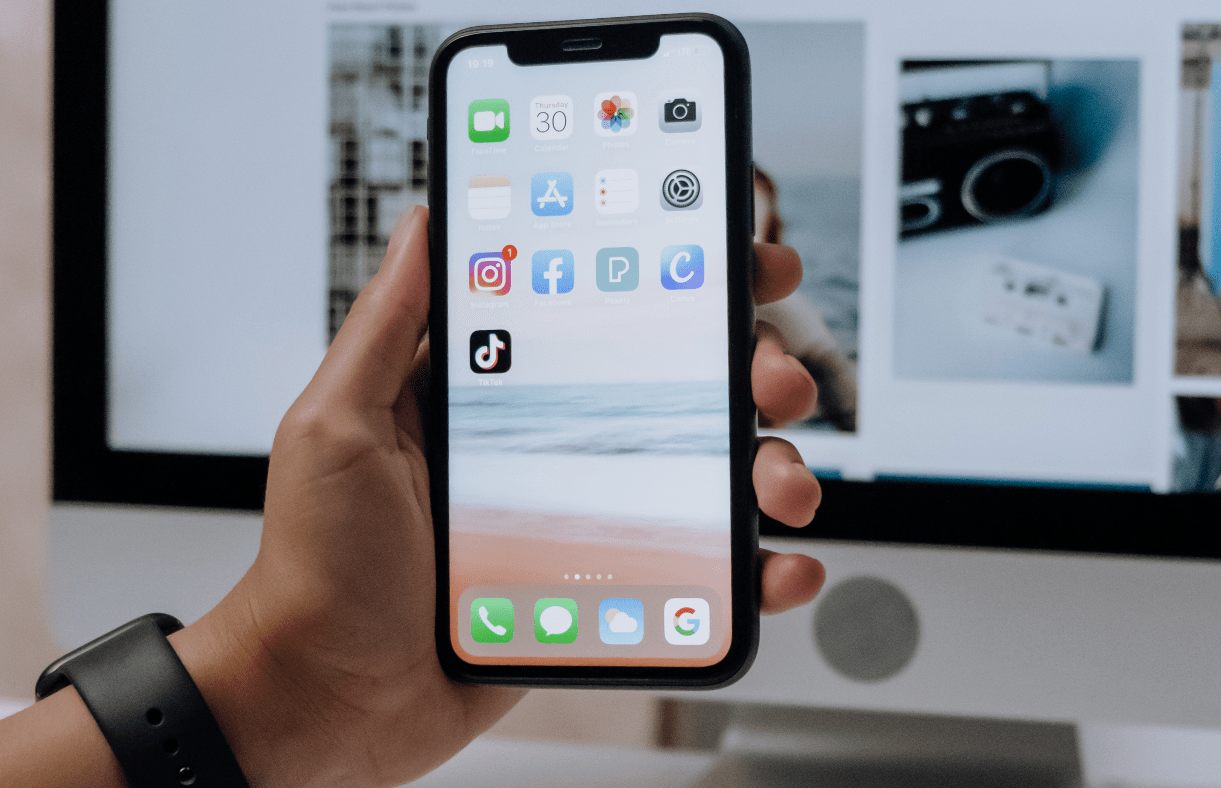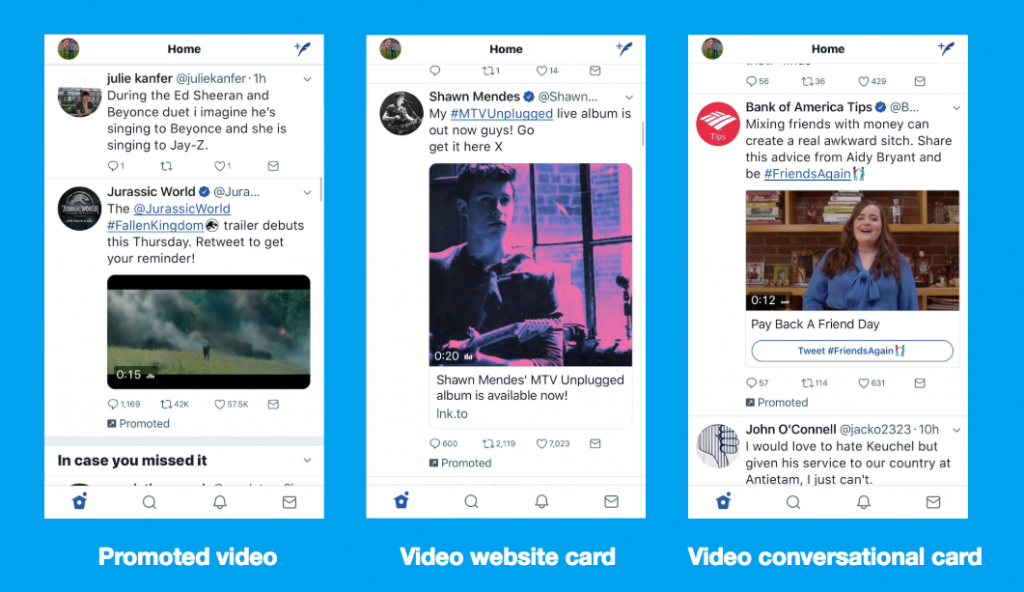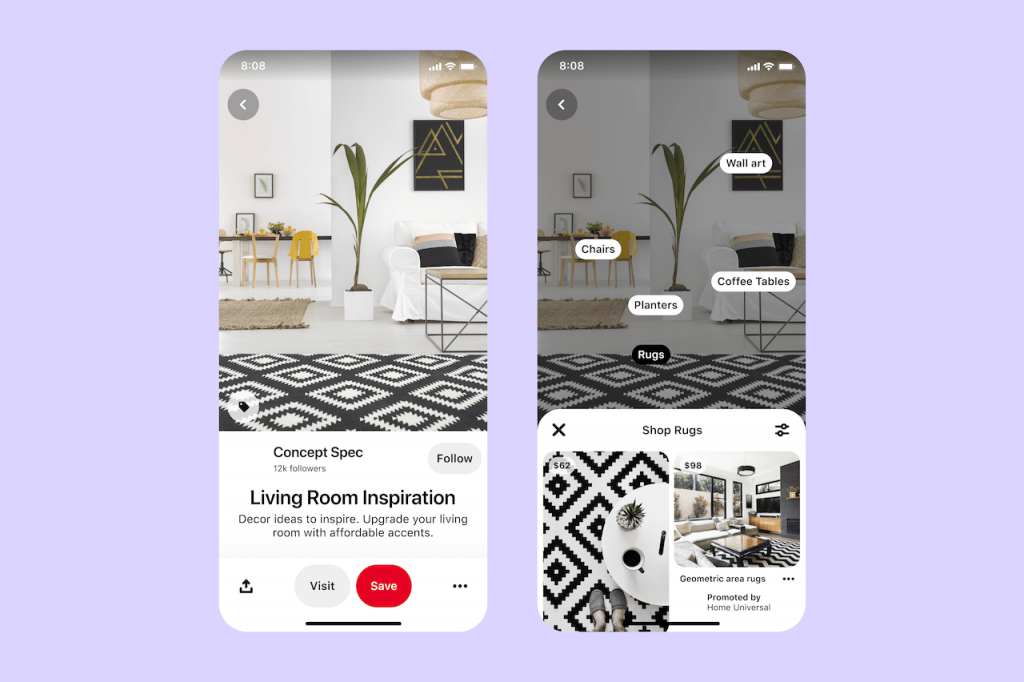Today we’re taking a broad look at social media paid advertising and some principles that will set you up for success.
First off, a primer:
A first look at paid social programming
Before the “why,” let’s clearly establish this: paid social media marketing is one of the most important tools you can use in your whole digital marketing toolbook.
The standard practice is to have paid campaigns running on at least one platform a month. This is a straightforward way to both maintain a consistent level of activity funnelling towards your business and increase awareness, traffic, conversions, or whichever other key performance indicators (KPIs) you’re looking to grow.
Different platforms provide different opportunities regarding placement, audiences, ad types, and what stage of the conversion funnel your target user is at, so they each are valuable for different goals. Identifying what you want out of any given paid social campaign and which social media platforms are especially well-suited for that will help you align the two to make your whole effort more efficient.
Important social media platforms in 2021
One thing to remember with social media is that it changes fast. Ten years ago, Facebook was gigantic, Instagram was for hipsters, and Twitter was mockable. Before the pandemic, TikTok’s influence in Western countries was a fraction of what it is today. YouTube in 2006 was different than YouTube in 2011 which was way different than YouTube today. In other words: above all else, don’t be static, and don’t get complacent.
With that being said, here’s an overview of the general pool of social platforms… for today:
Facebook: It’s universally the most utilized social platform for paid ads, with the highest number of users and frequency of visits across all ages. While we sometimes think of it nowadays as that place where your aunt Marge posts semi-coherent, unhip musings, it’s most frequent users are still people 18-44. That being said, it does of course skew older now than it used to and compared to some other platforms wouldn’t be the most efficient if you want to really concentrate your efforts towards targeting a younger audience, particularly Gen Z.
Instagram: On the other hand, Instagram can be ideal if you’re deliberately targeting a younger audience. It has 1 billion active users — less than half of Facebook’s 2.8 billion, but good for second among social media platforms. Along with its user volume, Instagram is so based on aesthetics, which means an eye-catching campaign can really grab people’s attention.
Twitter: Although it has a smaller user base than Facebook and Instagram, Twitter can work extremely well if you have a well-defined audience and approach it right. It also only costs you when you reach your pre-identified marketing objectives, meaning it’s generally quite low-risk. You can get way more specific than on other platforms, plus remarket to people who’ve recently engaged with your account. Especially if you have a well-established voice (but not gimmicky, which people see through), the granularity of Twitter advertising can be really effective.
Image source: Twitter
LinkedIn: Predictably, LinkedIn’s value lies mostly in advertising for B2B (business-to-business) or targeting professionals in a particular field. Here you’ll be able to specifically reach executives and other decision makers where, on other platforms, you’d have to just cross your fingers and blindly hope the people in those positions would see your ads.
YouTube: Obviously YouTube is the place to be for video ads! We’ve talked previously about your different advertising options on YouTube and its benefits, but the main thing to know is that an insane amount of hours of videos are watched on YouTube every day — more people 18 or older watch YouTube than network TV, and 80% of people from 18-50 will watch YouTube during an average month.
Pinterest: It doesn’t have as many users as the others, but is useful if your target market falls within their audience demographics. It’s primarily used by women, particularly on the mobile app, and half of its users are international — but that doesn’t mean you won’t find people outside that demographic there. It’s great for targeting users that aren’t very deep in the conversion funnel (i.e., for awareness campaigns and those adjacent), and one big advantage is that users here are more likely to interact with ads than on any other platform.
Image source: Pinterest
Snapchat: Snapchat’s ideal for exposure to Gen Z, and in some cases, millennials. Its user base is so specific age-wise, and, while it’s not used by everybody, those who use it use it very often — multiple times a day. Because of those two factors, it can be quite efficient in not wasting your impressions on demographics outside your target audience.
Lastly, TikTok: Like Snapchat, it’s a good opportunity for exposure to Gen Z and to a lesser extent, some millennials. The US has almost 100 million users, and the majority are under 30. Where TikTok really has an advantage is that its momentum is on the upswing — and an influential post there can increase your impressions by the billions.
Strategizing and spending across platforms
First thing’s first: before you do anything, identify your campaign’s broad objective. Awareness, consideration, or conversion? You can’t have a successful campaign if you don’t know what will constitute “success.”
Screenshot of campaign objective options available through Facebook Ads Manager
Next is budget. You don’t want to be spread too thin across many platforms; your campaign will be healthier if you allocate a healthier budget to fewer platforms than with an incomplete budget across many platforms.
Your potential audience size can vary wildly depending on who you’re targeting, but platforms will let you know if your budget is abnormally over or under the ideal scope.
After that you’ll consider audience characteristics. Age? Interests? Behaviors? Genders? Do these demographics tend to be especially active on one or two platforms over others? (The answer is almost certainly yes.)
Note that even if a potential audience size is larger on a particular platform, use other historical KPIs like click-through-rate, engagement, and conversions to determine what channels to explore. If you don’t have historical data to draw from, we recommend testing across different channels to determine the success rate of a particular strategy in a particular channel. From there you can identify which differences in certain aspects are most successful — what’s your copy and creative assets, for example — and replicate based on that information.
At the midway point or end of a unified cross-platform campaign where ad characteristics are held constant, make note of behavioral differences across platforms. For example, if you spent ⅓ of your budget on each of Facebook, Instagram, and Twitter with the same objectives across each, which was the most effective? Or which behaviors do you incidentally find to be more prevalent on one platform for the other? If click-through-rate is higher on Facebook, even though that wasn’t your objective, you can use that knowledge in the future when click-through-rate is your objective.
In general, you can get lots of insight after a campaign’s run its course. At this point, it’s your time to analyze your data across platforms, compare metrics, and — this is important — contextualize. For example, if your Facebook impressions are way higher than your Twitter impressions, that doesn’t necessarily mean your Twitter campaign was less efficient; say all is held constant other than your audience sizes on both, where your Facebook audience is 10 times bigger — when that’s taken into consideration, did your Facebook campaign actually do better relative to size? Maybe not! You can dig deeper and maybe you’ll see that the click-through-rate was equal on both. Obviously this is just an example, but it’s a good illustration to not just blindly take data as gospel if you don’t contextualize it.
If you’re not advertising on social media, you’re limiting your business’s ceiling. Luckily, it’s not an overwhelming undertaking as long as you make sure: think clearly, identify your variables, don’t get complacent, and contextualize. Follow those principles, and you’ll be set up nicely.








